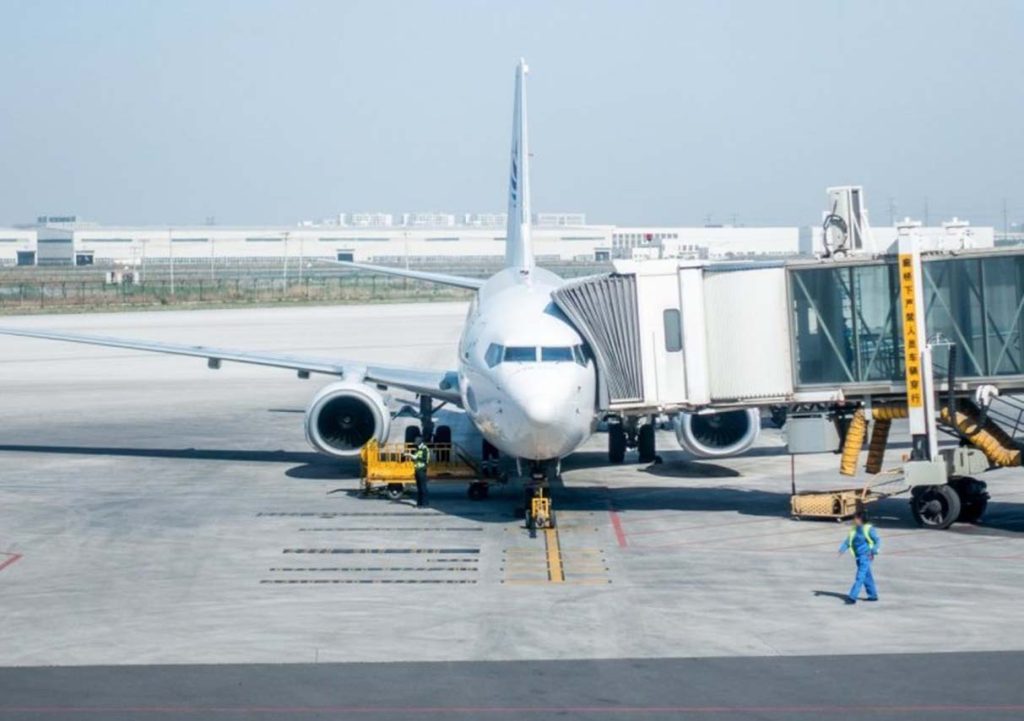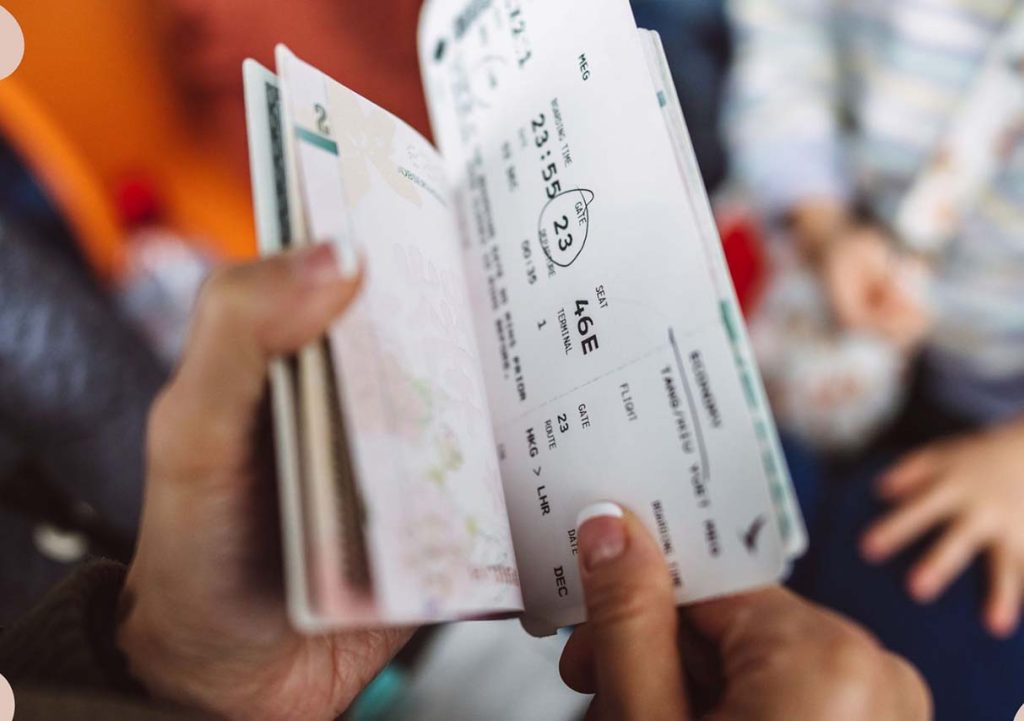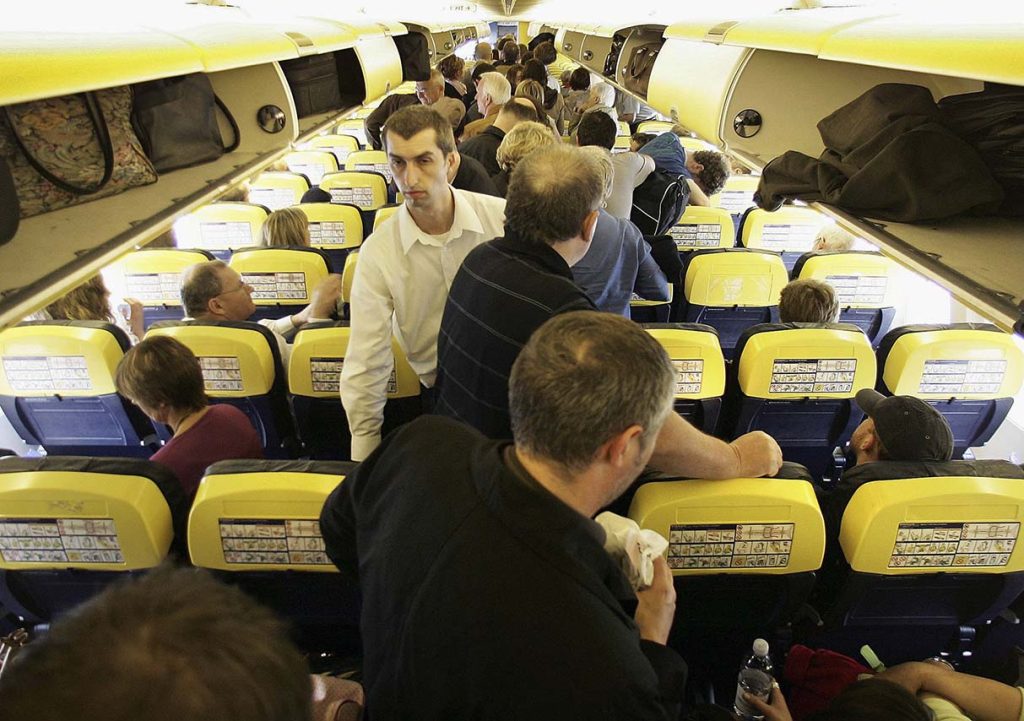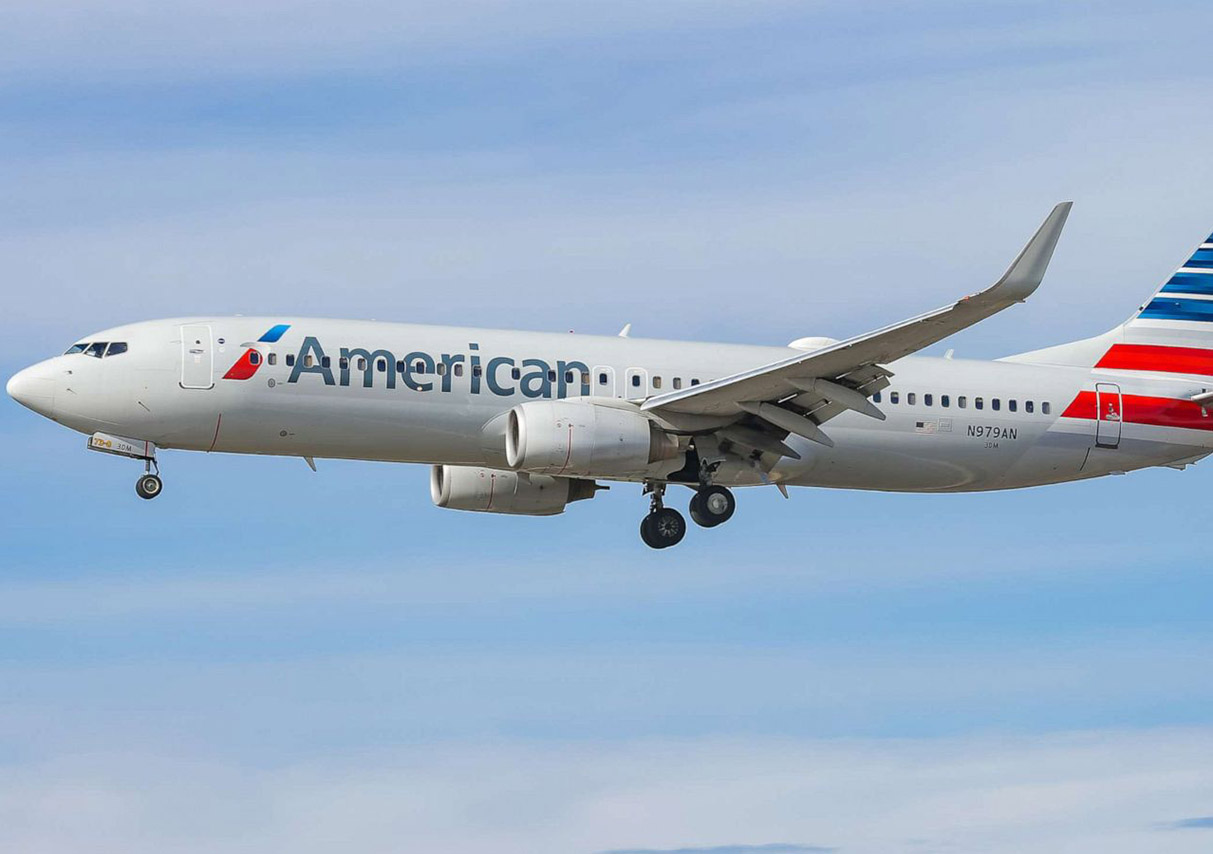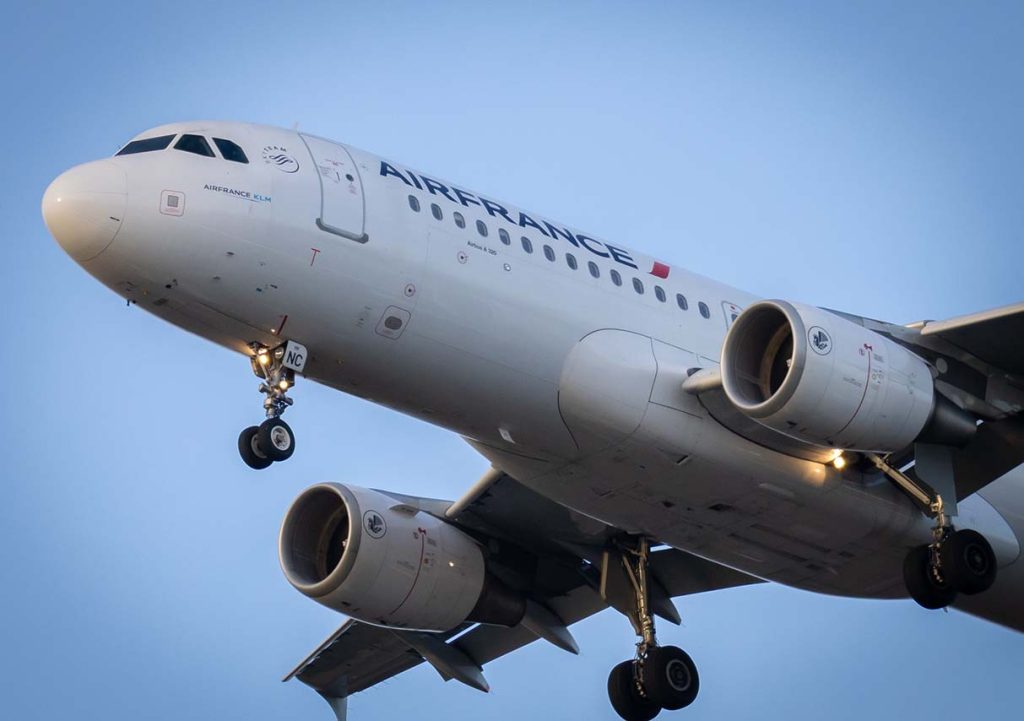Whether you’re a seasoned traveler or an occasional flyer, there’s always something new to learn about the world of aviation. In this comprehensive guide, we’ll explore 21 intriguing facts about flying that you might not know, covering everything from how planes stay in the air to the reason your phone must be in airplane mode during flight. So buckle up and get ready for takeoff as we delve into the fascinating world of air travel.
How Does a Plane Take Off?
Taking off is a complex process that begins with the plane accelerating down the runway, powered by its engines. As the plane reaches its takeoff speed (known as V1), the pilot pulls back on the control column, causing the nose to lift and the wings to generate lift. Once the plane has sufficient lift to overcome its weight, it becomes airborne.
How Does a Plane Stay in the Air?
A plane stays in the air due to the lift generated by its wings. This lift is created by the shape of the wings, which causes air to flow faster over the top surface than the bottom surface. The resulting difference in air pressure creates an upward force that counteracts the weight of the plane, keeping it aloft.
How High Do Planes Fly?
Commercial planes typically cruise at an altitude of 30,000 to 40,000 feet (9,144 to 12,192 meters) above sea level. This altitude is chosen because it offers a balance between fuel efficiency, air traffic control requirements, and passenger comfort.
How Fast Do Planes Fly?
The average cruising speed of a commercial jet is approximately 460 to 575 mph (740 to 926 km/h), although this can vary depending on the specific aircraft and flight conditions.
How Heavy Is a Plane?
The weight of a plane can vary widely depending on its size and design. For example, a small regional jet might weigh around 40,000 pounds (18,144 kg), while a large commercial airliner like the Boeing 747 can weigh over 900,000 pounds (408,233 kg) when fully loaded with passengers, cargo, and fuel.
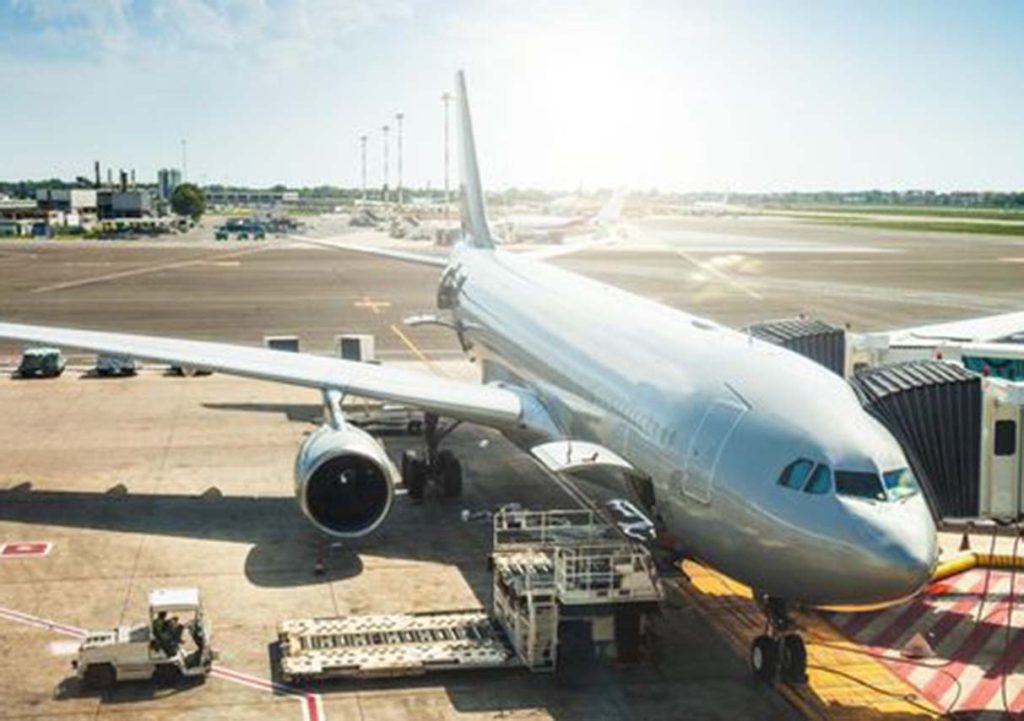
How Much Fuel Does a Plane Consume?
Fuel consumption depends on various factors, including the aircraft type, distance traveled, and weight. A Boeing 747, for instance, can burn approximately 5 gallons (19 liters) of fuel per mile or around 36,000 gallons (136,275 liters) on a 12-hour flight.
How Many Passengers Can Fit on a Plane?
The number of passengers a plane can accommodate depends on its size and configuration. A small regional jet may carry 50 to 100 passengers, while larger commercial planes like the Boeing 777 can carry up to 400 passengers or more.
How Safe Is Air Travel?
Air travel is one of the safest modes of transportation, with the odds of being involved in a fatal accident estimated at 1 in 11 million. This is due to stringent safety regulations, rigorous pilot training, and advanced aircraft design and technology.
Why Do You Have to Put Your Phone in Airplane Mode on a Plane?
Airplane mode is required because cellular signals can interfere with an aircraft’s communication and navigation systems, potentially causing disruptions or even accidents. By disabling your phone’s wireless capabilities, you help ensure the safety and efficiency of the flight.
Is It True That Row 13 Is Missing on Some Planes?
Yes, some airlines omit row 13 due to superstitions surrounding the number 13 being unlucky. This practice is more common in Western countries, where triskaidekaphobia (fear of the number 13) is prevalent.
How Long Does It Take to Become a Commercial Pilot?
Becoming a commercial pilot typically takes 2 to 4 years, depending on the individual’s experience and training path. This includes obtaining a private pilot license, instrument rating, and commercial pilot license, as well as accumulating the required flight hours and passing a series of written and practical exams.
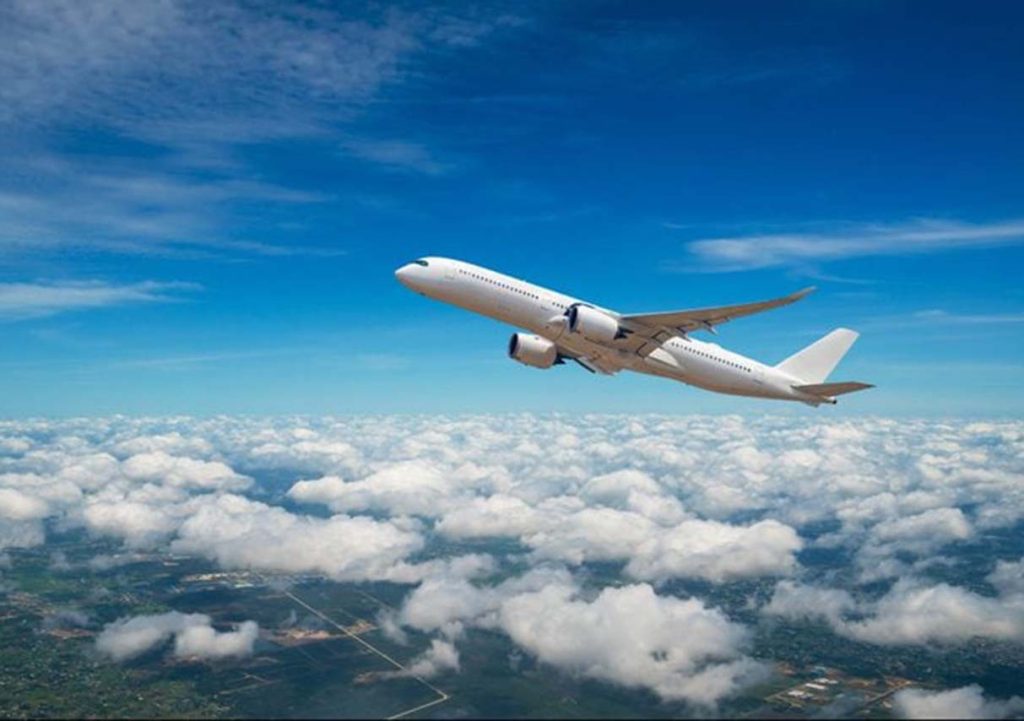
What Is the Longest Non-Stop Flight in the World?
As of September 2021, the longest non-stop commercial flight is operated by Singapore Airlines, covering a distance of approximately 9,534 miles (15,343 km) between Singapore and Newark, New Jersey. The flight takes around 18 hours and 45 minutes.
Can Planes Fly Upside Down?
While most commercial aircraft are not designed to fly upside down, some aerobatic planes and military fighter jets can perform inverted flight for short periods. However, doing so in a commercial airliner would likely cause structural damage and pose a significant risk to passengers.
Why Do Airplane Windows Have Small Holes?
The small hole, or “bleed hole,” in airplane windows serves to regulate air pressure and prevent the windows from fogging up. The outermost window pane takes on most of the pressure difference, while the hole allows for pressure equalization between the cabin and the air gap between the window panes.
Why Are Plane Wings Curved Upward at the Tips?
The upward curve of airplane wings, known as “winglets,” helps reduce drag and improve fuel efficiency. By reducing the wingtip vortices generated by the pressure difference between the upper and lower surfaces of the wing, winglets make the aircraft more aerodynamically efficient.
Why Do Ears Pop on a Plane?
Ears pop on a plane due to changes in air pressure during ascent and descent. The eustachian tubes, which connect the middle ear to the throat, work to equalize the pressure between the middle ear and the cabin. When the pressure changes rapidly, the eustachian tubes may struggle to keep up, causing the sensation of ear-popping.
What Happens If a Plane’s Door Is Opened Mid-Flight?
Opening a plane’s door mid-flight is virtually impossible due to the pressure difference between the cabin and the outside environment. Even if it were possible, the sudden decompression could cause serious injury or death to passengers and crew.
Why Are There Ashtrays on Airplane Bathrooms?
Ashtrays are still present in airplane bathrooms as a safety measure, even though smoking is banned on flights. If a passenger were to smoke despite the prohibition, the presence of an ashtray ensures that the cigarette butt is disposed of safely, reducing the risk of fire.
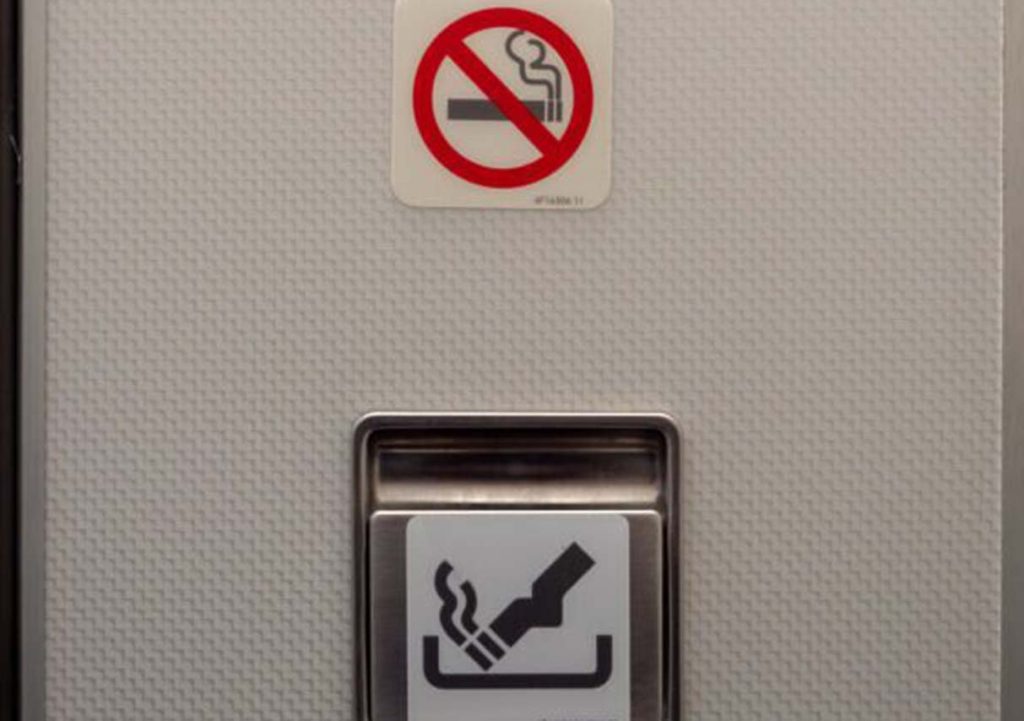
What Is the Fastest Commercial Plane Ever Built?
The Concorde, a supersonic passenger jet that operated from 1976 to 2003, was the fastest commercial plane ever built. Capable of reaching speeds of over 1,350 mph (2,180 km/h), the Concorde could travel from New York to London in just under 3.5 hours.
Why Are Most Airplanes White?
Most airplanes are painted white to reflect sunlight and minimize heat absorption, keeping the interior of the aircraft cool. White paint also makes it easier to spot cracks, leaks, and other potential issues during maintenance.
What Is the Purpose of the Tiny Hole at the Bottom of Airplane Tails?
The tiny hole at the bottom of airplane tails, known as the “static port,” is used to measure air pressure, which helps determine altitude, airspeed, and vertical speed. The data collected by the static port is essential for safe flight operations.
